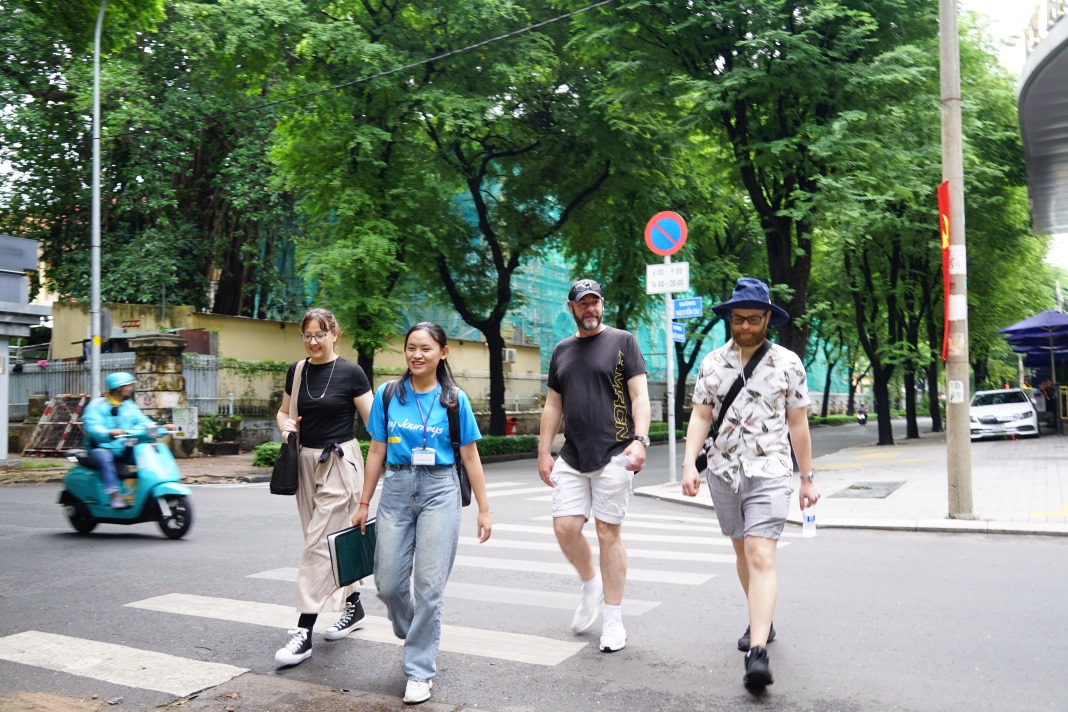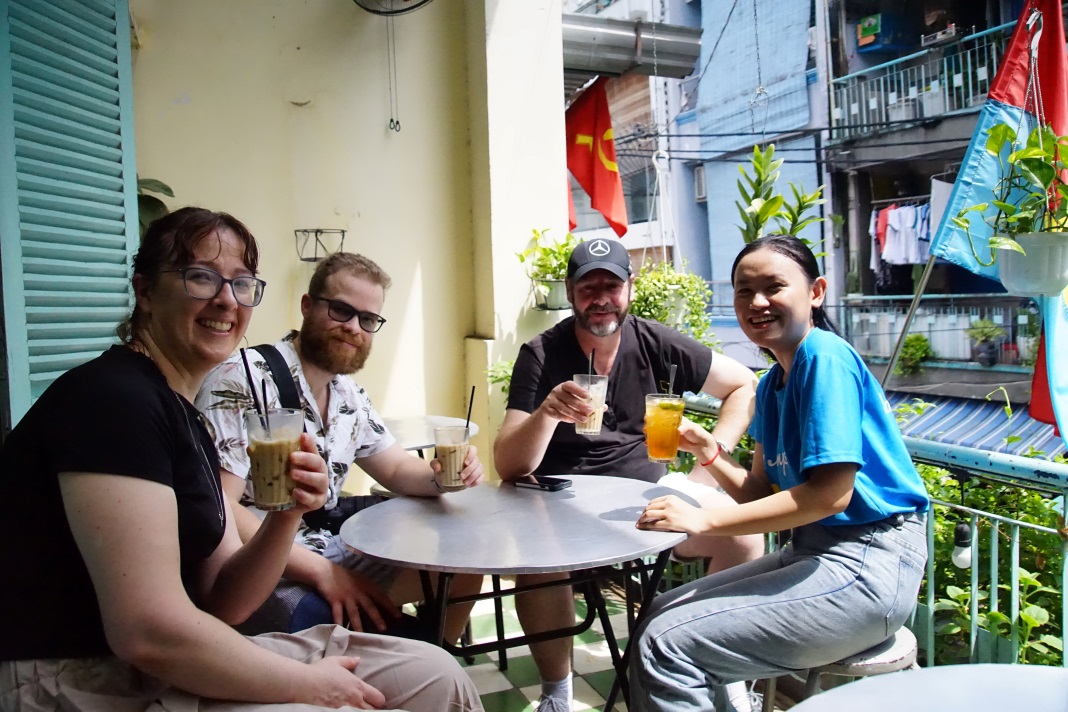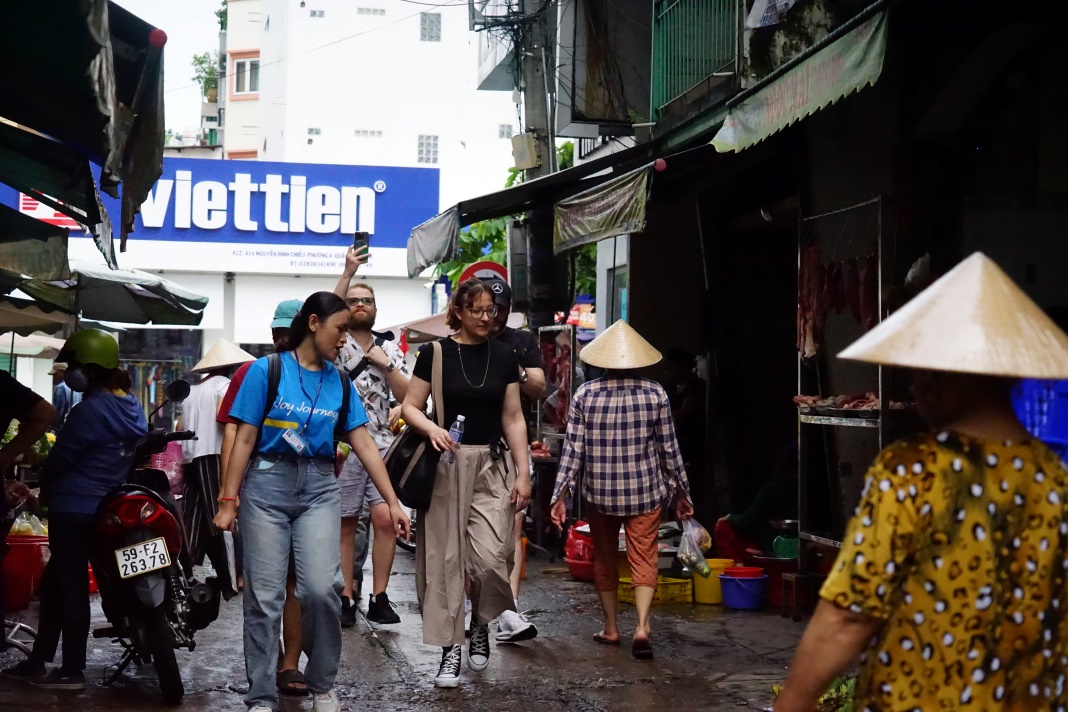HCMC – Immersing yourself in the patriotic fervor, colorful decorations, and lively events of Vietnam’s National Day, celebrated on September 2, a walking tour through HCMC’s historical landmarks is a perfect way to discover the city from a new perspective, enjoy local cuisine, and be part of the national festive atmosphere.
During the National Day holiday, which lasts four consecutive days, many families and young people have chosen to stay in the city to enjoy the festive atmosphere. It is also an ideal time for international tourists to Vietnam to see and feel the vibrant National Day celebration. They can visit historic sites and gain deeper insights into the city’s cultural and historical heritage.
A walking tour through these landmarks not only offers a great way for visitors to fully experience the local ambiance of each location, but also allows them to explore the culture and history of HCMC during this special holiday.
The Independence Palace
The Independence Palace, also known as Reunification Palace, is a historic landmark located at 135 Nam Ky Khoi Nghia Street, District 1. The site represents Vietnam’s reunification after tanks crashed through its gates in 1975, marking the end of the American War in Vietnam.
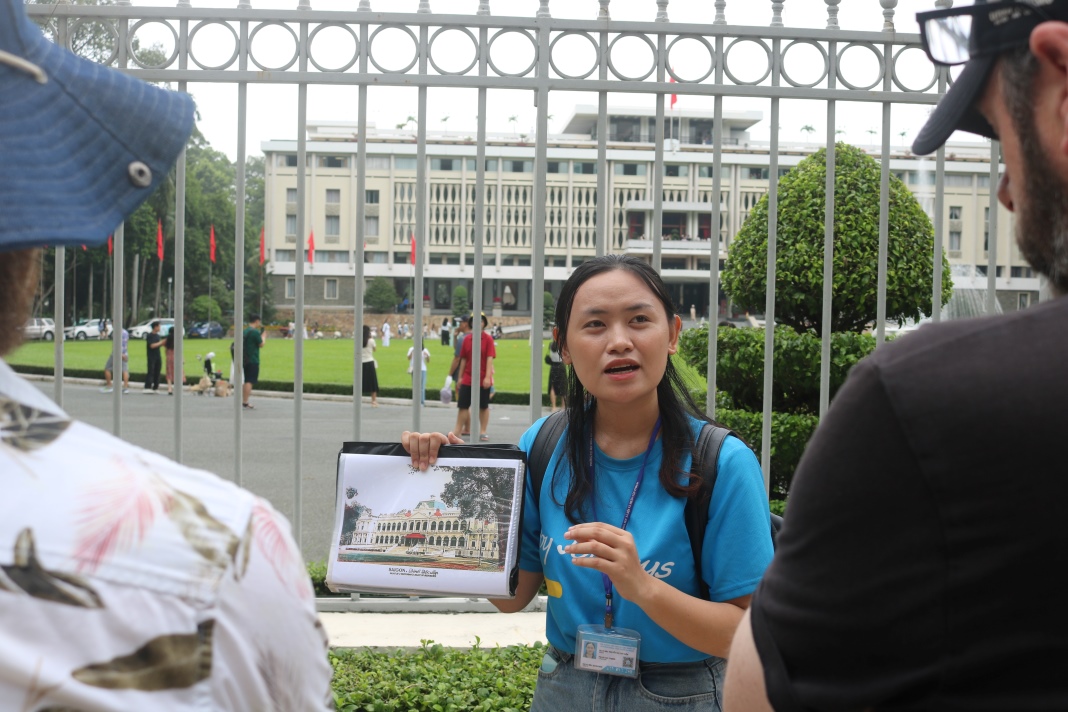

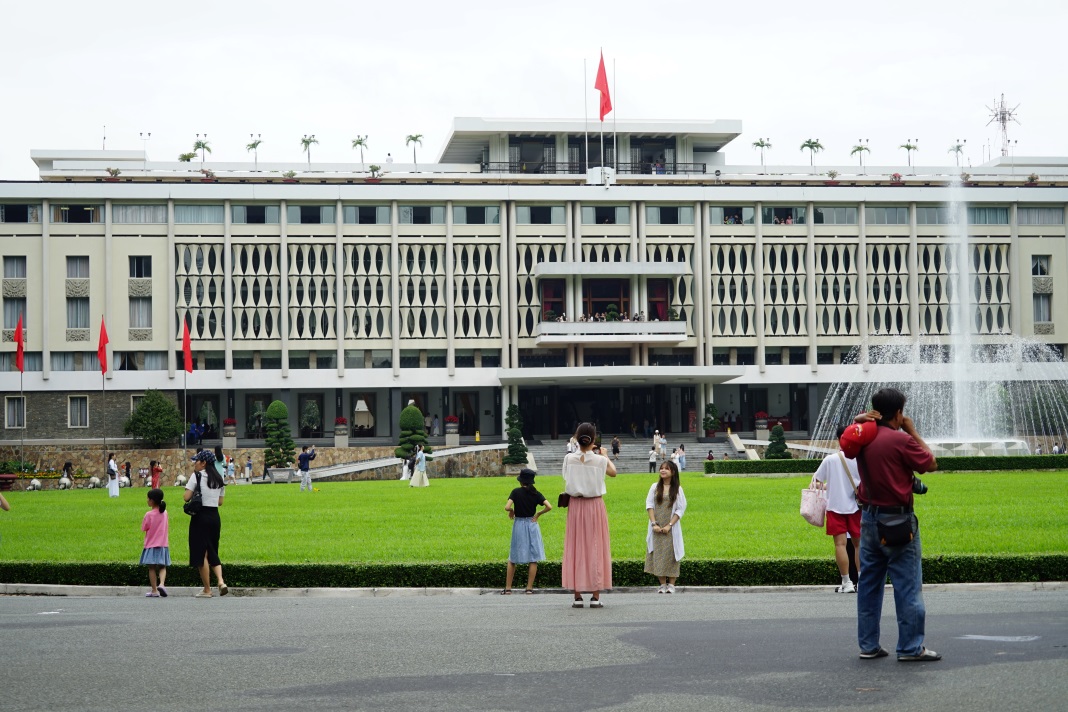
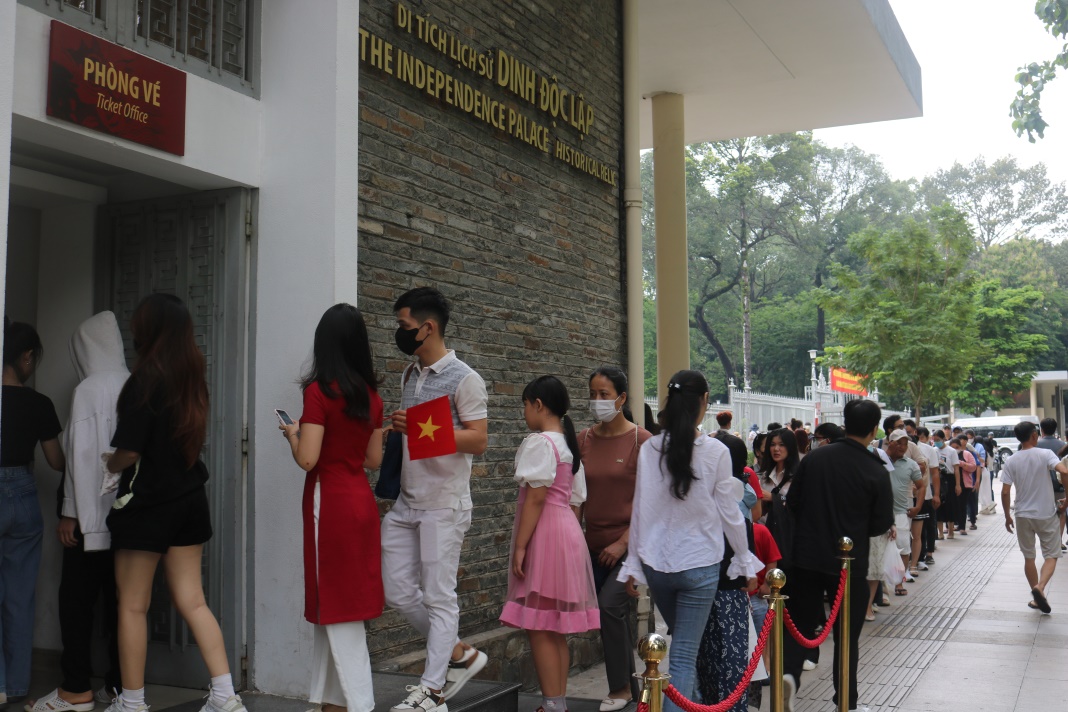
At present, the Independence Palace is a popular historical site for both foreign and domestic visitors. It is often used for official meetings, receptions and events.
Saigon Notre Dame Cathedral
Saigon Notre Dame Cathedral Church stands in the heart of HCMC. The church is located at No. 1 Cong Xa Paris Street, Ben Nghe Ward, District 1. It was built in the 19th century with French Gothic architecture, featuring twin bell towers.
During the war, the cathedral served as a prominent landmark in Saigon, witnessing the city’s many pivotal events and transformations.

Saigon Central Post Office
Saigon Central Post Office is situated across the street from the Saigon Notre Dame Cathedral. Built in the late 19th century, the post office is an exquisite example of French colonial architecture, blending Gothic, Renaissance, and French architectural styles. Inside the building, the arched ceilings create a spacious and airy atmosphere.
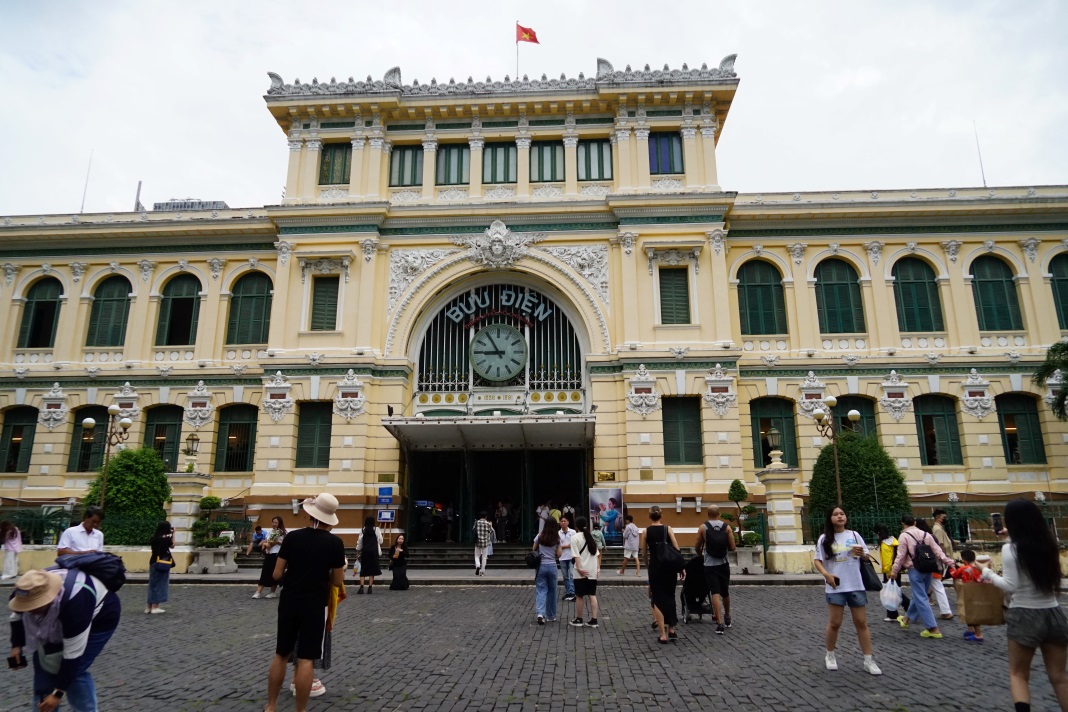
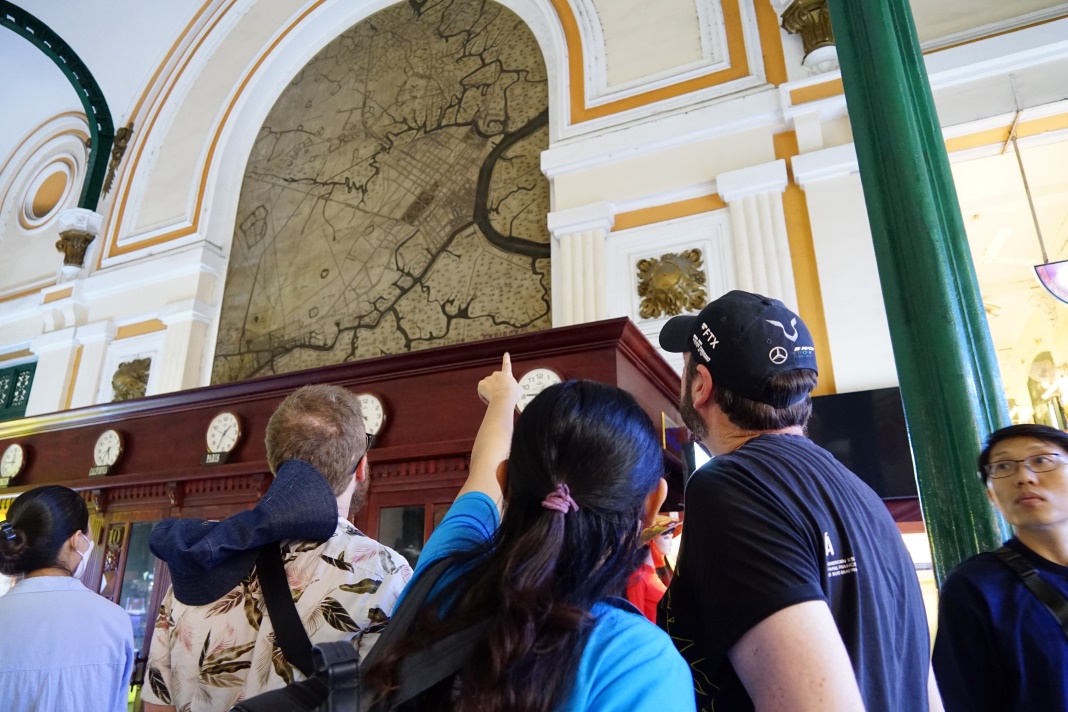
Besides being a tourist destination, Saigon Central Post Office is still a functioning post office. Visitors can observe the bustling activity of the post office and explore the building’s interior.
The Venerable Thich Quang Duc Monument
Located at 185 Cach Mang Thang Tam Street, Ward 6, District 3, the Thich Quang Duc Monument honors the self-immolation of a Buddhist monk, a powerful symbol of resistance and bravery during a turbulent period in Vietnam’s history. The monument features a bronze statue of Thich Quang Duc sitting in the lotus position atop a granite pedestal.
In 1963, Thich Quang Duc burned himself to death in protest against the South Vietnam regime’s persecution of Buddhists. His act of self-immolation sent shock waves across the world, with photographs of the event circulating widely.
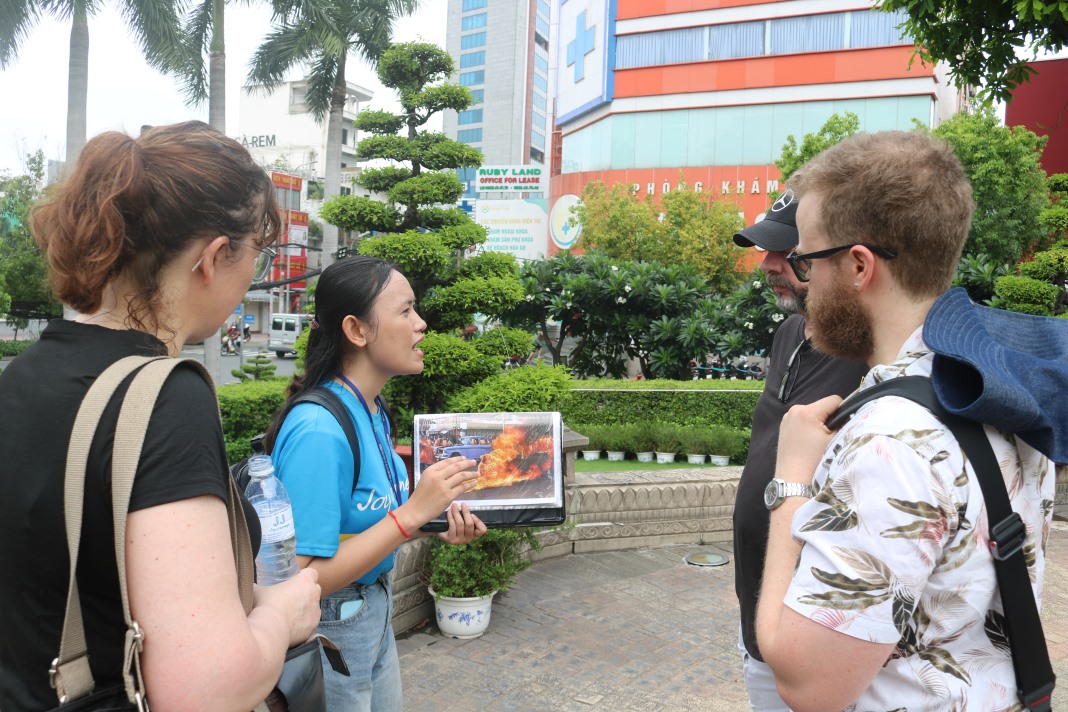
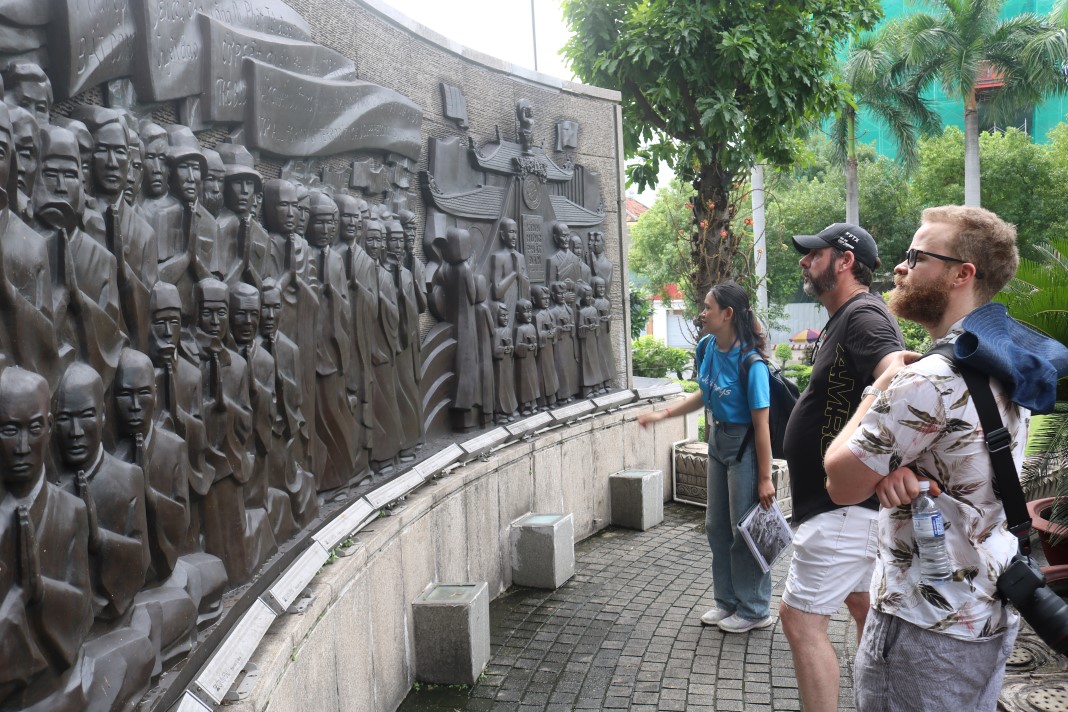

The Hidden Weapon Bunker
The Hidden Weapon Bunker is tucked away in a bustling alley at the house at 287/70 Nguyen Dinh Chieu Street, District 3, nearly two kilometers from the Independence Palace.
The site served as the underground arsenal for the Independence Palace Attack by the Saigon Special Force during the General Offensive and Uprising of Spring Mau Than 1968. The house was a crucial hiding place for nearly two tons of weapons, which were stored in preparation for the offensive.
The site was recognized as a national historical and cultural vestige by the Ministry of Culture, Sports and Tourism.
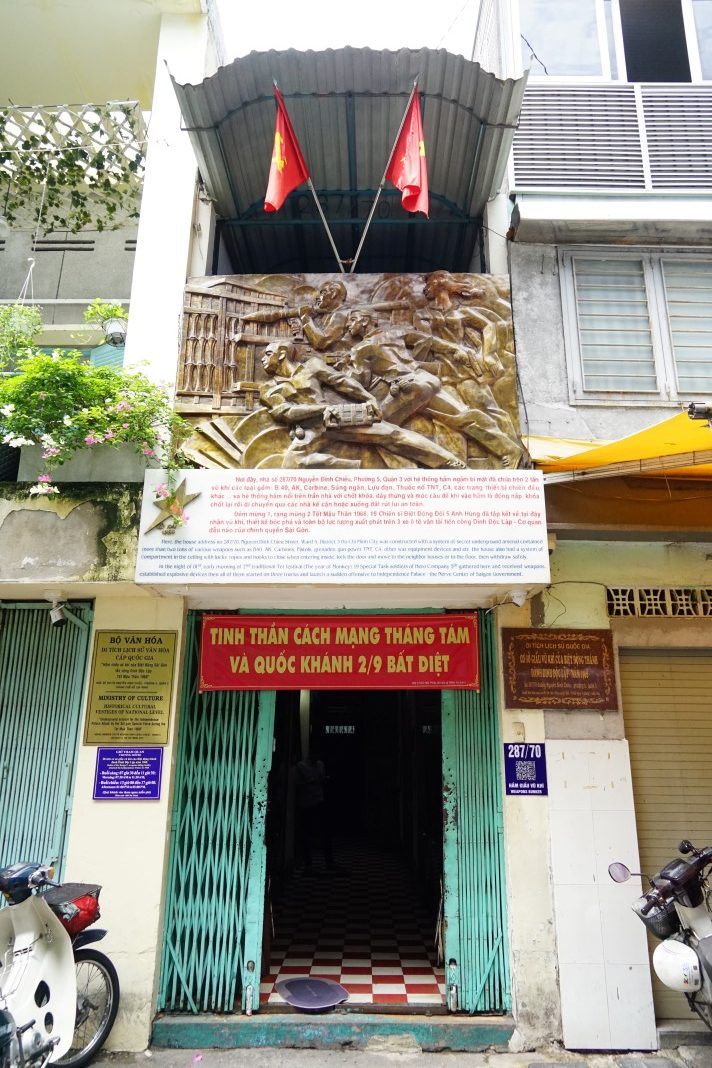
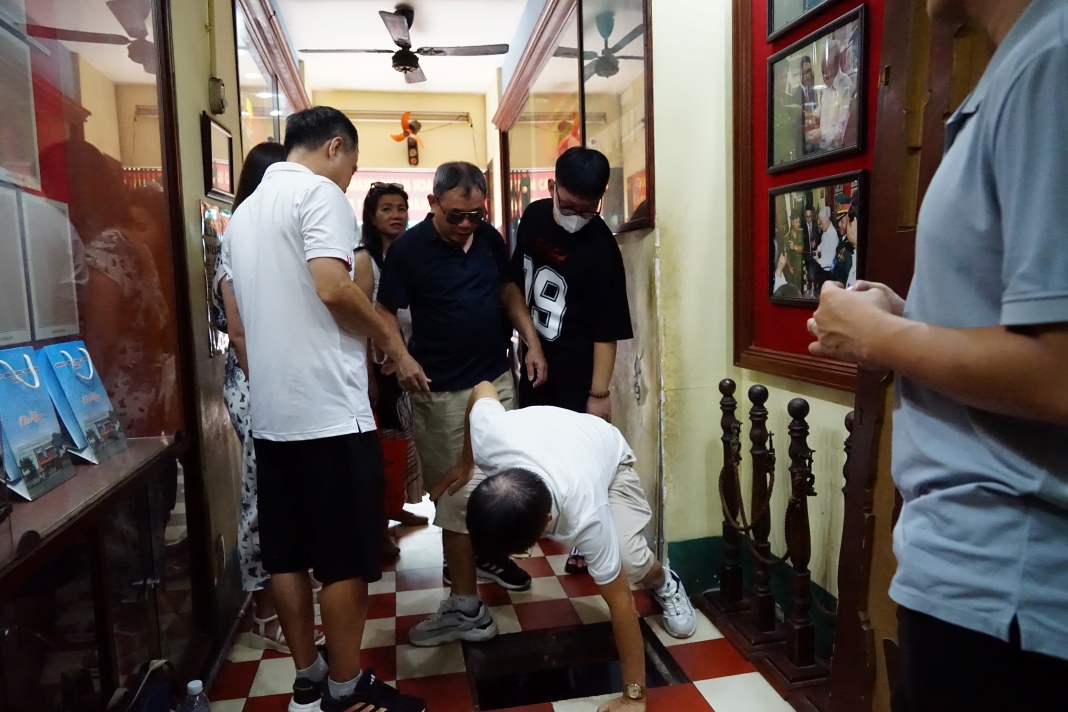
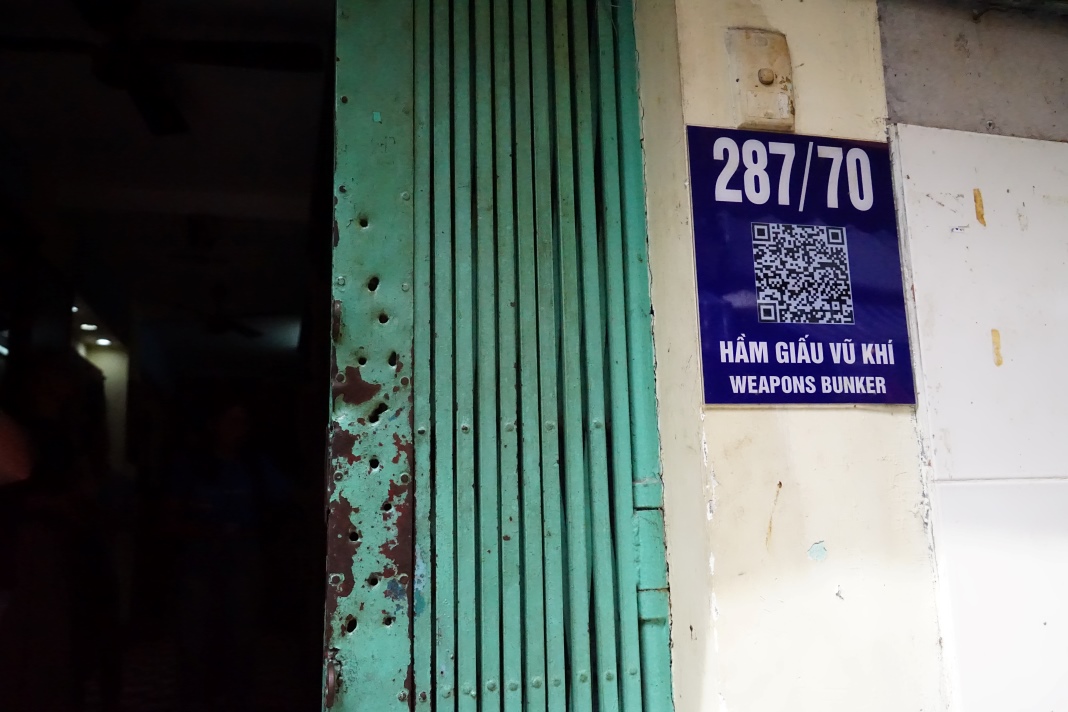

Experiencing everyday life
In addition to visiting historical sites, international tourists can also immerse themselves in unique everyday experiences, such as crossing the bustling streets, exploring wet markets, or enjoying traditional Vietnamese coffee.
